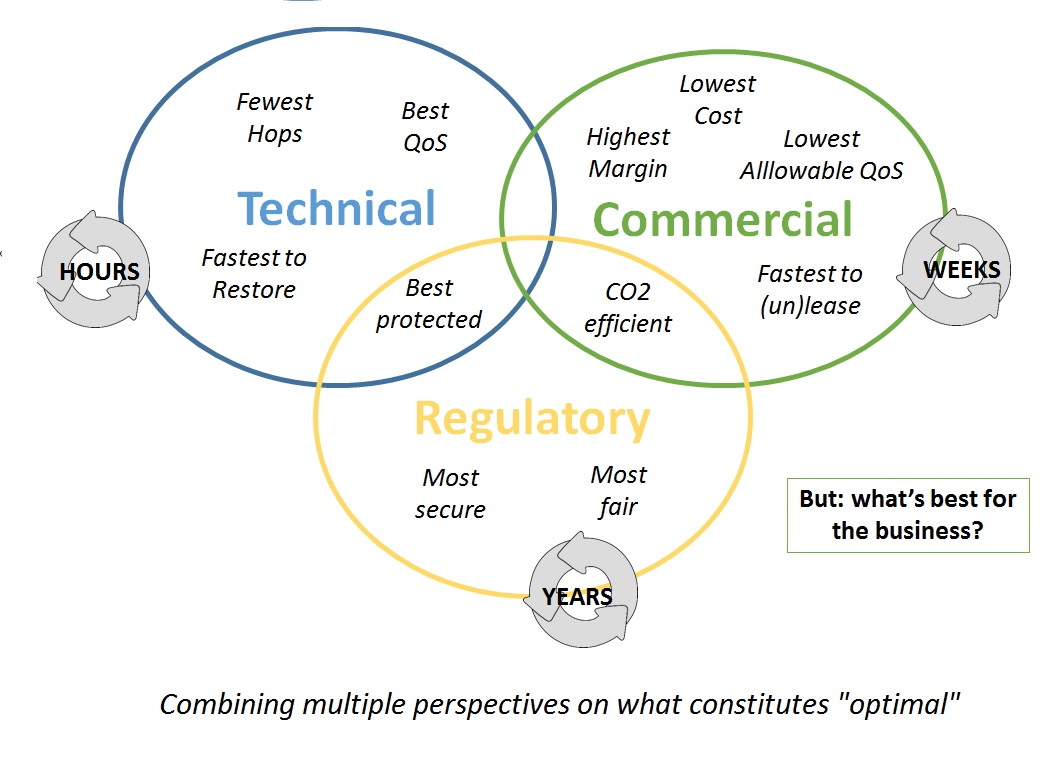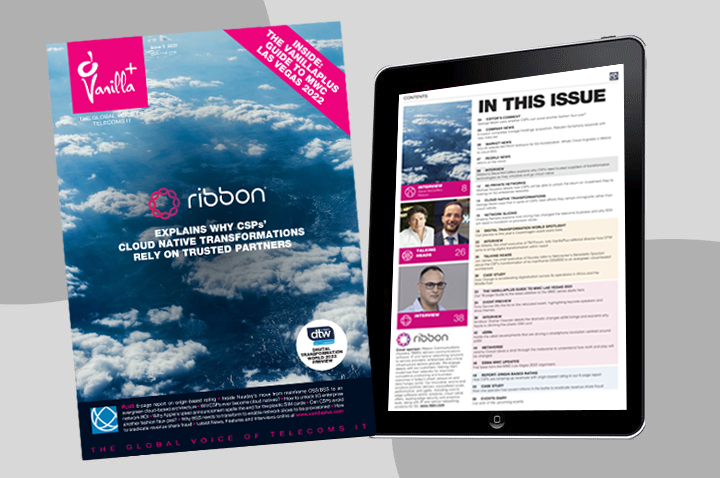In my previous blog, I highlighted how the speed and scale of change in services meant that service providers needed to automate, simply to keep up. But there is a far greater prize on offer.
By approaching automation with a fresh perspective, service providers can look to directly impact not just operating costs but overall business profitability.
The problem is that not all bytes are truly created equal. Service providers typically generate widely varying levels of revenues from what is essentially the same service. Consider the difference between SMS and mobile broadband services. Both are delivering data from one place to another.
Yet the SMS may generate revenue of $.10 per message of 160 characters – this equates to more than $600 per megabyte. Meanwhile a mobile broadband service offering 5 gigabytes per month for $25 will generate $0.005 per megabyte, says Dr Jay Perrett, CTO of Aria Networks.
In fact, taking video and content streaming services into account, the range of value-per-bit now works out at an astonishing one billion to one.
So while there is a carrot for service providers – maximising the revenue from services across their networks – there’s also a corresponding stick: the cost of getting it wrong can be enormous. The challenge is, how to automate processes in a context that is increasingly dynamic.

Day-to-day, service providers face critical technical issues: what happens if part of my network fails? Am I within service level agreement parameters? How do I manage peaks and troughs in demand from specific events? These are important considerations. However these technical considerations mask the real issues, which are critical business considerations: could I deliver the same services more profitably? What is the break-even point for a new service?How can I protect revenues in the event of network failure?
With so many, often seemingly conflicting, considerations around network optimisation service providers need to be clear as to what a “good” or optimal network should look like in order to deliver the most profitable outcome for the business. Without an answer to that question, service providers are likely to optimise only within a limited context.
For example, a “good” objective is to deliver a given service, at a profit, maximising the use of virtualised functions, while also minimising data centre power consumption.
This is an example of Business Driven Optimisation (BDO). This is optimisation that is driven by criteria such as margin, revenue and profitability rather than purely technical considerations. By adopting this approach a service provider can model the true cost of delivering a service more effectively and optimise the network accordingly. This contrasts to the historical approach of on-boarding new customers or services and then deploying additional computing, storage and bandwidth at the network to ensure the service level is met, whatever the cost.
BDO means the service provider has a real overview of the cost of a service as well as visibility of the impact of new services on network capacity – all of which drives smarter investment choices. BDO should be the goal of all optimisation efforts – after all if optimisation is not driving a more profitable business, what is it there for?
The author of this blog is Dr Jay Perrett, CTO of Aria Networks.
Comment on this article below or via Twitter: @ VanillaPlus OR @jcvplus






